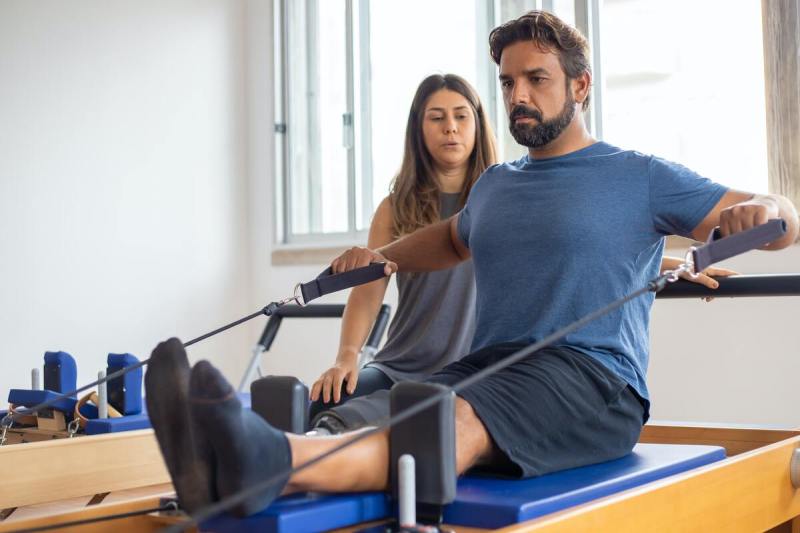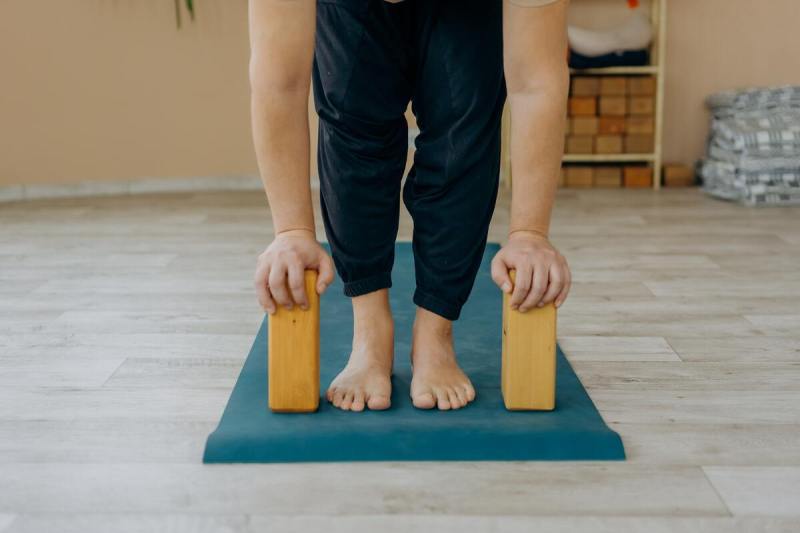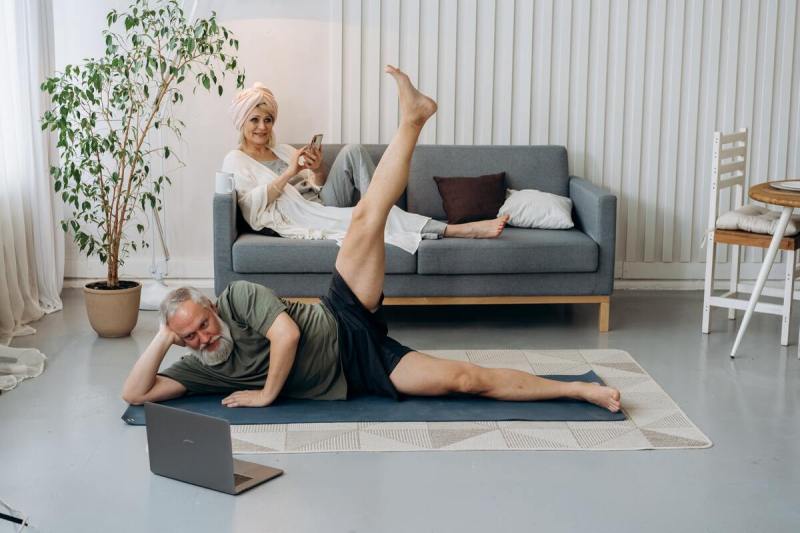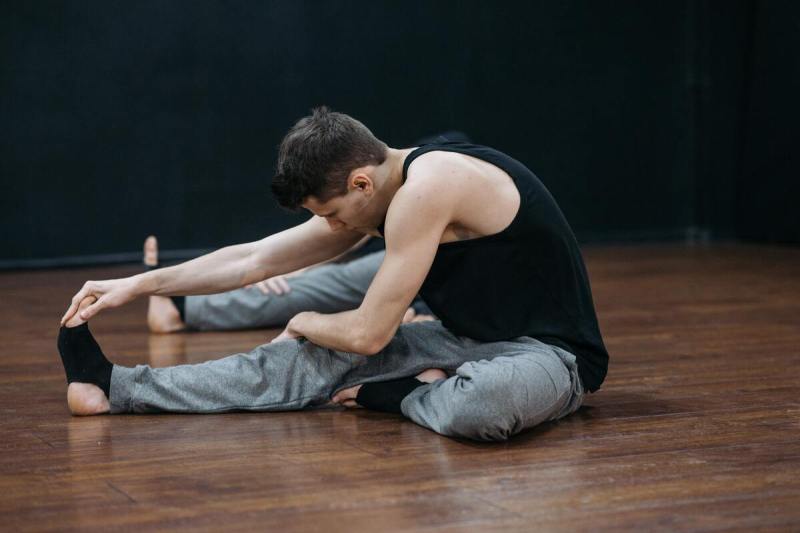
Pilates has become an increasingly popular form of exercise in recent years. With its focus on building core strength, flexibility, and controlled movements, Pilates can benefit people of all fitness levels and backgrounds.
For instance, many men have discovered the strength and flexibility benefits of Pilates through resources like this guide to Pilates for men. But should you do Pilates at home or go to a studio? Here’s what you need to know to decide which option is right for you.

What is Pilates?
Pilates is a form of low-impact exercise. It was developed by Joseph Pilates, and it emphasizes proper postural alignment, core strength, muscle balance, and flexibility.
The traditional Pilates method uses special equipment, like the Pilates reformer machine, Cadillac, Wunda Chair, and wall Pilates units. But mat Pilates only requires a mat and focuses on the same principles of core conditioning and controlled, flowing movements.
A Pilates workout incorporates elements of yoga, gymnastics, and calisthenics. Exercises can be done from a sitting, reclining, kneeling, or standing position. Pilates focuses on smooth, precise motions rather than repetitive moves. Proper breathing techniques and alignment of the spine are also emphasized.
Now, since you have an overview of Pilates, let’s move on to its benefits.

Benefits of Pilates
Pilates offers numerous benefits for both your physical and mental health.
Builds core strength
The core refers to the muscles of the abdomen, lower back, hips, and pelvic floor. Pilates targets these muscle groups, helping improve posture and stability. Many Pilates exercises isolate the core muscles while the arms and legs are moving.
Over time, regularly practicing Pilates can lead to marked improvements in core control, coordination, and balance. Also, you can incorporate some additional core exercises on top of Pilates, which can help further strengthen the abdominals and trim your waistline.
Improves flexibility
Pilates stretches and strengthens the body uniformly, improving mobility and decreasing muscle tension. The focused movements enhance proprioception (awareness of body position) and myofascial release (releasing muscle fascia tightness). Regular Pilates aids joint health and range of motion.
Provides an excellent low-impact cardio workout
Pilates raises your heart rate and keeps it elevated, providing cardiovascular benefits. The sustained muscular engagement involved in holding positions increases strength, muscular endurance, and metabolism.
Pilates can help burn approximately 300 to 400 calories per hour, comparable to other low-impact activities like swimming and cycling. You can enhance Pilates’ fat-burning effects by pairing it with healthy eating habits.

Pilates at home vs at the studio
Deciding between doing Pilates at home versus going to a studio depends on factors like cost, equipment, accessibility, instruction, motivation, and more. Here is how Pilates at home compares to taking studio classes:
Price
Taking regular studio classes can be expensive, with single sessions ranging from $15 to $50. Studio memberships typically cost $100 to $200 per month for unlimited classes. Private lessons run $50-$150 per hour.
At home, Pilates is entirely free after purchasing any equipment or instructional materials. Mat Pilates requires no equipment. Other accessories like resistance bands, lightweight dumbbells, or a yoga block are inexpensive. Higher-end reformers or Cadillacs cost between $1,000 and $4,000.
Equipment
Studios are fully equipped with reformers, Cadillacs, chairs, barrels, and other specialized gear. At home, your options are limited to simpler equipment like mats, bands, or balls unless you invest in pricier machines. Traveling makes studio classes more convenient. Home practice allows the use of equipment whenever needed. Some hybrid options like Equinox+ blend studio experience with home convenience through live streaming classes onto your personal reformer.
Accessibility
Home practice provides easy access at any hour. Studio classes require commuting to scheduled sessions. Home allows doing Pilates around responsibilities. Studios offer more structure and social motivation. Virtual studio classes have emerged as a via media, providing instruction at home. Hybrid home machines paired with studio streaming offer studio-quality classes at home.
Instruction
Studios provide expert instruction on proper form and technique. Trainers guide and motivate you through challenging moves. Home practice relies on your own knowledge. Without oversight, mistakes can ingrain poor form. Devices like Reform connected machines offer data tracking and remote trainer monitoring. Instructional DVDs, apps, or streaming classes can supplement self-teaching.
Customization
At home, you can customize your routine to your needs and abilities. Studios follow a set curriculum that may not accommodate injuries, limitations, or goals. Home allows modifying pace, equipment, and intensity as needed. Studios often prescribe generalized programs. But private sessions allow personalization. Customization can help you avoid common mistakes that could lead to injury. Overall, the home offers more flexibility and a greater structure.

How to choose which is best for you
Here are some key factors to consider when choosing whether Pilates at home or in a studio better fits your needs:
- Convenience – Home if you have limited time or travel constraints. Studio if proximity allows. Virtual studio for flexibility.
- Cost – At home is free after initial purchases. Studios average $100 to $200 monthly. Consider long-term expenses.
- Equipment – Studios offer a full suite of apparatus. Home is limited by space and budget. Hybrid machines bridge the gap.
- Guidance – Studios provide coaching and oversight. Home requires self-teaching or classes. Remote trainers can assist in home practice.
- Motivation – Studios encourage commitment. Home requires discipline. Social support and scheduling aid home consistency.
- Customization – Home allows tailoring workouts as needed. Studios follow set plans, though privates can personalize.
- Goals – Studios accelerate progress for beginners. Home suits long-term consistency. Identify which structure best complements your goals.
The best option depends on your budget, fitness level, preferences, and goals. Beginners often benefit most from studio instruction. Consistency matters most long-term, so choose the environment you find most motivating. Investing in some basic home equipment can complement studio classes on a budget. Virtual platforms now offer hybrid home and studio features. Overall, identify your needs and choose the option that realistically optimizes your Pilates practice.
Editors' Recommendations
- The best shoulder workouts: These are the exercises you need
- Why is mushroom coffee suddenly so popular? We’ll tell you
- Pilates or weight training: Which is better for you?
- Short on time? The best running workouts for when you only have 20 minutes
- Pilates equipment for beginners: Transform your home into a world-class Pilates studio




